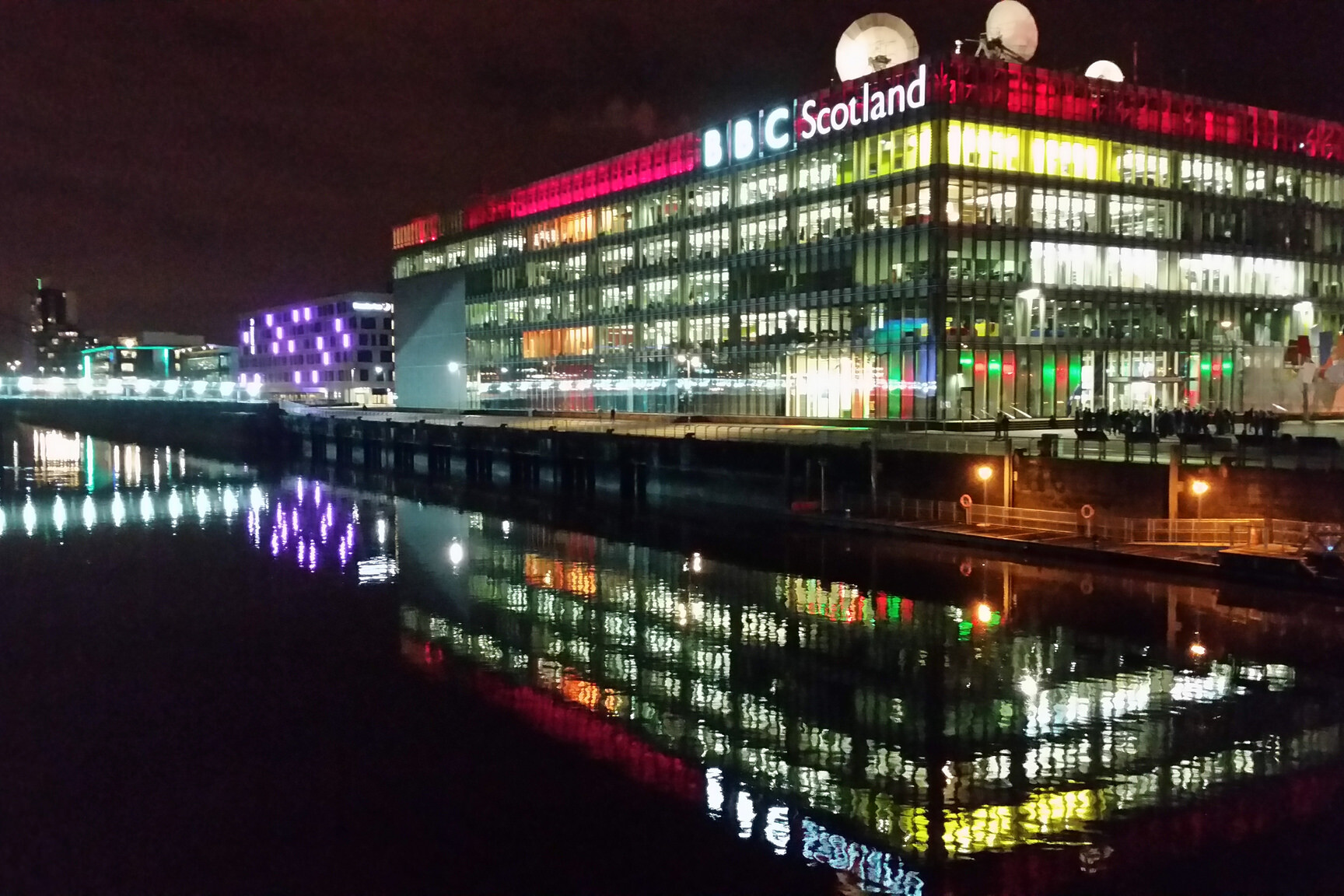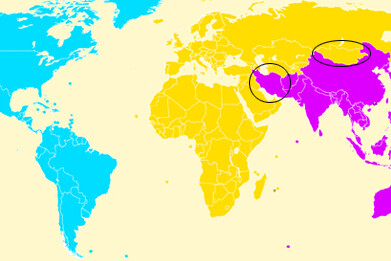Norwegian public broadcaster NRK pioneered an unlikely hit TV genre in 2009 with its 7-hour realtime broadcast of a train journey from Oslo to Bergen. And if it’s possible to up the ante for ‘Slow TV’ the channel did so in 2011 when it followed the journey of the Norwegian coastal express – transmitting live and uninterrupted from the ship Nordnorge for several days
And now the world’s largest PSB has dipped its toe in this (slow-moving) stream. The BBC broadcast a two-hour boat journey in real time, called All Aboard! The Canal Trip, last month. The programme aired in a prime 8pm slot on BBC4, without accompanying music, nor narration.
Whatever you choose to call it, ambient video, TV wallpaper – Slow television is not new, but NRK is arguably the first to have really developed it into a meaningful genre – with a popular interactive aspect, and with a sense of narrative, however gentle.
The latest forays show that it is a genre that can work outside Scandinavia. And there are a few reasons why PSB is its spiritual home, and why it’s good for PSB. NRK’s rationale on its blog says: “We’re a publicly funded public service broadcaster with a responsibility towards Norwegian culture; a responsibility for covering things important to the inhabitants of a small country, a country that in spite of, or perhaps because of, our significant oil wealth has a vulnerable culture.”
So there are ideas of making ‘films of record’ bound up in this, and the most successful examples have arguably picked up on something culturally resonant that the viewer can disappear into – there is universal fondness for events such as train or canal journeys.
The subject possibilities are as infinite as the number of cultural touchstones around the world
Such documentaries would probably not work with commercial interruption, so even if a Slow TV programme pulled a large viewership on a for-profit channel, it would be hard to justify hours of ad-free airtime, therefore it is a natural fit for public broadcasters. It’s also the type of TV that’s relatively inexpensive to make of course. The subject possibilities are as infinite as the number of cultural touchstones around the world: salmon swimming upstream, choirs singing, shearing a sheep and knitting a jumper…
And many pundits see it as a hypnotic ‘antidote’ to the frenetic pace of modern media. Furthermore, in an age of multitasking on various devices, Slow TV is an ideal accompaniment, something that can be playing while one is doing something else, not needing to watch it intently is perhaps one of its strengths. Its marathon length also keys into today’s trend of binge-viewing TV with slow-burn plots.
International distributor DRG has seen its potential and has secured rights and started selling the format globally. Broadcast reported the distributor has received interest from Europe, Canada, Australia and China, and the COO of DRG is now trying to encourage international broadcasters to collaborate on upcoming Slow TV projects.
With the likes of the BBC trying it out, Icelandic public broadcaster RUV airing a 24-hour lambing epic last month, and a US channel greenlighting a 12-hour road trip programme for the end of the year, this is a genre and treatment whose time – finally – may have arrived.
Here are some Slow TV highlights in more detail, old and new, from around the world:
The oldest?
Burning Yule log, WPIX New York, USA 1966
Possibly the earliest example of Slow TV, a New York channel broadcast footage of a burning log every Christmas until 1989. It is said to have been a gift from the channel’s head to apartment-dwelling New Yorkers without fireplaces, and a break that allowed station staff to spend time with them families over Christmas. Prototypical public service broadcasting? The log was reignited by WPIX in 2001 by popular demand.
The longest?
Hurtigruten minute by minute, from Bergen to Kirkenes, Norway 2011
After the success of 2009’s 6-hour train journey, NRK pushed the proverbial boat out with a live continuous broadcast of a ship’s journey for 134 hours, or five-and-a-half days. It was an even bigger hit than the previous Slow TV show, and approximately half the population of Norway, some 2.5m people, tuned in at some point in one weekend. Millions also watched online outside Norway. Crowds lined the shores to see the boat pass on its journey, and all the fuss even reportedly crashed Twitter.
The latest?
BBC Four Goes Slow, UK 2015
The broadcasting behemoth devoted a mini-season to Slow TV on its ‘knowledge’ channel in May, showing a 2-hour canal journey, with the odd bit of text with pertinent historical facts gently overlaid on parts of the moving scene. Other programmes in the season included half-hour slots showing people making objects out of glass, metal and wood; an hour of birdsong accompanying dawn scenes and a three-hour tour of the National Gallery. The canal journey garnered higher than average ratings for the channel.
The most backward?
Tokyo Reverse, France 2014
In March last year the French jumped on this most trundling of bandwagons with France 4 airing a nine-hour opus of a man walking backwards through Japan’s capital, set to a live recording of a jaunty electronic dance track. Furthermore, the film was played in reverse, so that everything else in the teeming city appears to be moving backwards, while the man looks to be walking normally. At one point he is seen to slide up a stair rail. To achieve this was no mean feat, and the 28-year-old filmmaker starring in the piece took dance lessons to perfect his ‘regressive’ walking.
Related Posts
2nd August 2013

